How Masterful Pest Management Can Help With Your Fly Problem
Flies are one of the most common pests found in and around homes. They can be a nuisance and a health hazard, depending on the type of fly and the severity of infestation. Fortunately, there are ways to prevent and control flies in your home. Masterful Pest Management is experienced with many different types of flies, including blow flies, cluster flies, drain flies, flesh flies, fruit flies, fungus gnats, house flies, phorid flies, and stable flies. Let’s take a look at each type of fly and how Masterful Pest Management can help you get rid of them.
Contact us for a
Free Estimate
Request an Estimate
Blow Flies
Blow flies are flies of the genus Calliphora, belonging to the family Calliphoridae. These flies can be found in a variety of habitats all over the world, with their larvae typically residing in decaying animal matter and other organic materials. As scavengers, the process of decomposition is vital to their reproduction and development. Along with this, they play an important role in forensic investigation due to their unique lifecycle and attraction to certain smells from carrion and dead corpses. Their body sizes are typically large – ranging from 8-13mm – making them quite distinguishable from most flies. Additionally, blow flies have metallic colored bodies with yellow or green hues covering their thoraxes. Furthermore, they possess short antennae that branch outwards toward the tip alongside prominent eyes.
Cluster Flies
Cluster flies are flies that are commonly found indoors during the fall and winter seasons. These flies differ from regular flies by their size; they usually measure 8-11 mm and have a yellowish or light brown pattern on their thorax.
They also fly in swarms and tend to congregate in large numbers near windows and light sources, which can often be mistaken for bees or other insects. In addition, cluster flies emit a distinctive, musty odor when disturbed, unlike that of other flies.
Cluster flies lay their eggs in soil or decaying matter during the summer, and these eggs hatch into larvae that feed off earthworms. As winter approaches, the flies look for warm environments to hibernate in such as attics, crawlspaces and wall voids.
Flesh Flies
Flesh flies belong to a family of flies known as Sarcophagidae. These flies are mostly found in the warmer parts of the world, and their larvae are known for parasitizing warm-blooded animals.
Flesh flies have three distinctive black stripes on their thorax, and they range from 10 to 14 millimeters long. They scavenge for suppurating bacterial wounds and decaying organic material, laying eggs that hatch into maggots. The larvae feed on tissue fluid or decaying matter and will hatch within 24-48 hours.
After they reach maturity they crawl out of the wound in order to pupate and reach adulthood, putting them back into the cycle of mating, egg-laying, and larva growth.
Fruit Flies
Fruit flies, or Drosophila melanogaster, are small flies with impressive characteristics. They usually measure between 1-4mm long and can vary in color from yellow or tan to dark brown.
Although fruit flies are most commonly found near rotting fruit or vegetables, they may also be located near flowers, trash cans, and other places where organic matter is present.
Fruit flies are also capable of living within extremely warm climates like the tropics and subtropics. One of the most valuable features of this species is its use in study by scientists since they breed rapidly and provide researchers a means to observe genetics and behavior.
This also explains why they’re so common around laboratories. With these unique traits, it’s no wonder why fruit flies are an interesting species for both research and study.
Fungus Gnats
Gnats are small flies with a variety of species found around the world. Gnats such as Fungus Gnats can appear in and around our homes, causing annoyance but rarely any harm to humans. Gnat larvae are usually discovered near damp soil where they feed on fungus or other organic matter.
Adults Gnats have long legs and fairly long wings compared to their slender black bodies which span no longer than 4-5 mm, making Fungus Gnats difficult to see even when they are resting or in flight.
They tend to be most active during the evening and twilight, although some species prefer the day for their activities. Gnats will fly around windows, lights, people and goods that may enter our dwellings from outside sources. While annoying and hard to get rid of, Gnat infestations are generally harmless in nature.
House Flies
House flies, belonging to the genus Musca, are easily identifiable and common flies found all around the world. They typically have grey bodies each measuring between 4-7 mm in length with four longitudinal dark stripes on the thorax.
Their wings appear transparent and they have slightly red eyes. House flies tend to fly low and hover often, making a characteristic buzzing sound. They are also known for their unique ability to rapidly beat their wings 200 times every second.
When resting, house flies tend to sit at an angle of 45° with their legs and antennae hanging down. These flies carry viruses and bacteria on their hairy bodies which is why it is important not to let them come into contact with our food or any other surfaces that may come in contact with people.
Phorid Flies
Phorid flies are flies that fall under the Phoridae family, and they can be recognized by their short wings, which usually overlap when at rest.
Their heads are bent downwards and these flies have a scattered pattern on their back. Adults are about 1.5 mm in size and have an average lifespan of 35 days.
They thrive in moist environments and prefer warmer temperatures; as such, these flies tend to replicate quickly and are found in diverse habitats such as kitchens, sewage systems and compost piles. If you notice more flies than usual around your house or workplace, it might be worth looking into whether they're Phorid flies or some other common fly species.
Stable Flies
Stable flies are common flies found around the world. They are about the same size as house flies, but typically have a more pointed abdomen than typical flies and their chestnut-brown markings make them quite distinct from others.
Stable flies also feature pin-like mouthparts that enable them to draw blood from their hosts, most commonly cattle and horses. These flies walk slowly, due to short legs and wings, making them seemingly easy for prey to outrun; however, they can still move quickly when necessary.
Furthermore, stable flies have great long-range flight capabilities and can travel many kilometres in search of food sources or new habitats. Their lifespan is approximately 2 months and they favour dark sheltered areas such as barns or stables hence their name.
Have an Fly Infestation problem?
Flies are a common nuisance in many homes and businesses. Not only do flies pose a health risk by spreading bacteria, but they are also simply annoying to have buzzing around the house. Taking steps to prevent flies from entering your home is the best way to address this problem since trying to get rid of flies once they have gotten inside can be difficult. Ensuring windows and doors are screened, regular cleanings are performed and garbage is sealed properly are all great ways to prevent flies from entering your home.
If fly problems persist, it is a good idea to call a professional pest control company like Masterful Pest Management for assistance.




